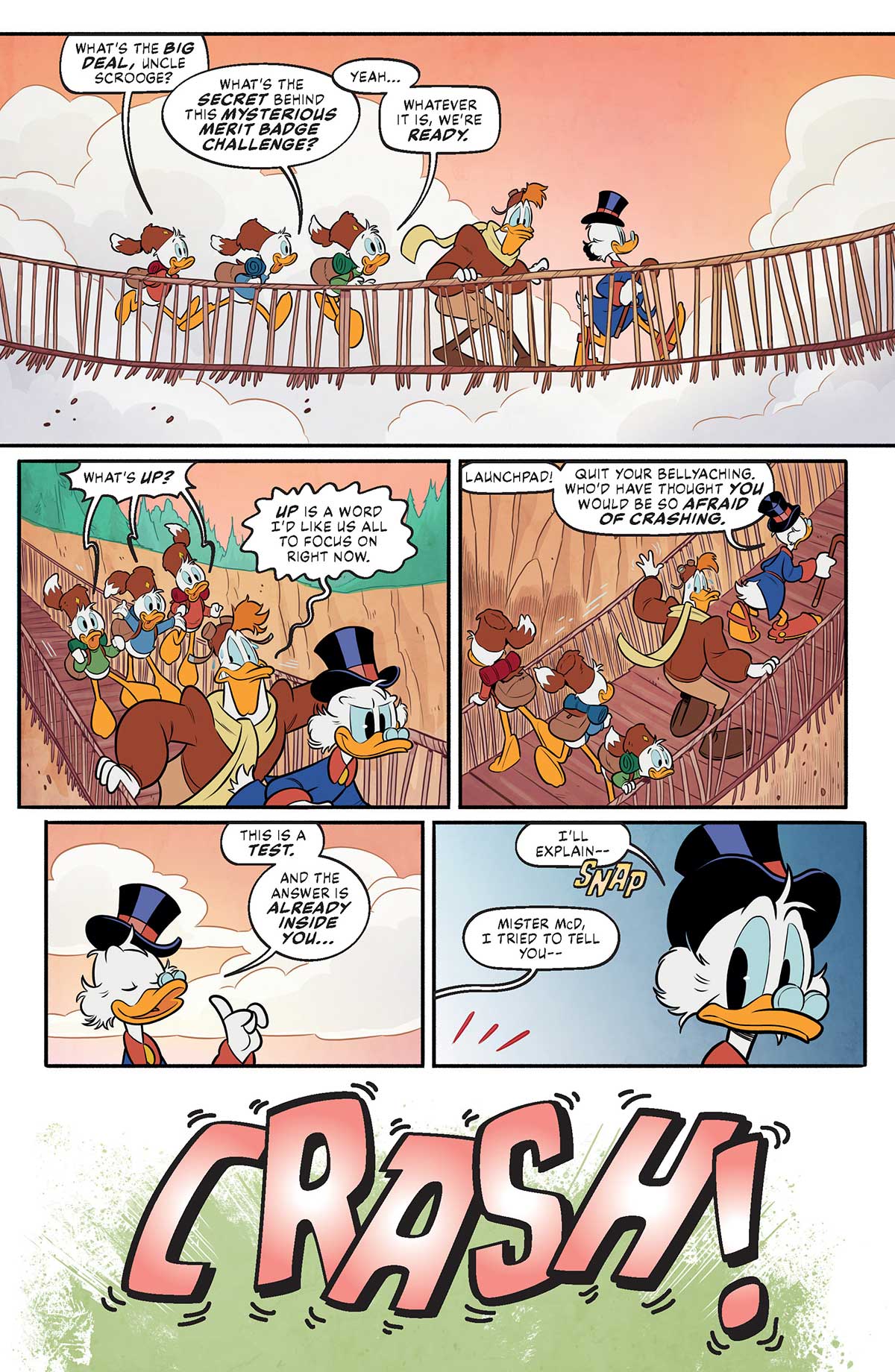In the vast galaxy of Star Wars, the discussion surrounding the sequel trilogy often gravitates towards what could have been. Long before Disney acquired Lucasfilm and produced The Force Awakens, The Last Jedi, and The Rise of Skywalker, George Lucas had a distinct vision for the continuation of the Skywalker Saga. His blueprint, though never fully realized on screen, offered a fascinating glimpse into a potential future that was significantly different from the path ultimately taken. This alternate sequel trilogy was poised to introduce a controversial shift in focus, moving away from the traditional emphasis on Luke Skywalker, and instead centering the story squarely on the shoulders of one of Star Wars’ most enduring and beloved characters: Princess Leia Organa.
This creative departure, while perhaps surprising to some, was deeply rooted in Lucas’ overarching thematic intentions for the saga, aiming to bring Leia’s journey to a climactic and pivotal conclusion in a way that honed in on her unique strength and integral role in shaping the galaxy’s destiny.
A New Hope for the New Republic

George Lucas’ original plan for the sequel trilogy would have shifted the spotlight from Jedi battles and lightsaber duels to the intricate political machinations of a fledgling New Republic. In the book, The Star Wars Archives – Episode I-III, 1999-2005, Lucas revealed his original intentions:
“After the Rebels won, there were no more stormtroopers in my version of the third trilogy. I had planned for the first trilogy to be about the father, the second trilogy to be about the son, and the third trilogy to be about the daughter and the grandchildren. The movies are about how Leia – I mean, who else is going to be the leader? – is trying to build the Republic. They still have the apparatus of the Republic but they have to get it under control from the gangsters. That was the main story.”
RELATED: George Lucas’ Original Plan for Anakin Skywalker’s Descent to the Dark Side Is Way More Evil Than You Could Imagine
This vision paints a picture of Leia not as a general leading a desperate resistance, but as a political architect, striving to bring order and stability to a galaxy still reeling from Imperial tyranny. The “gangsters” mentioned were in reference to another part of Lucas’ unexplored vision: the re-emergence of Darth Maul as the antagonist.
“Darth Maul trained a girl, Darth Talon, who was in the comic books, as his apprentice. She was the new Darth Vader, and most of the action was with her. So these were the two main villains of the trilogy. Maul eventually becomes the godfather of crime in the universe because, as the Empire falls, he takes over.”
This emphasis on political rebuilding and the challenges of governing with a rising crime syndicate led by Darth Maul would have offered a mature and nuanced exploration of the Star Wars universe, illustrating Leia’s leadership skills, her diplomatic prowess, and her unwavering commitment to justice in a more grounded, less overtly militaristic context. The potential for intrigue, negotiation, and ethical dilemmas within this political landscape could have explored themes of corruption, compromise, and the delicate balance required to maintain peace similarly to what Star Wars: Andor recently did on Disney+ for the pre-Galactic Civil War era.
This approach would have allowed for a deeper dive into the societal ramifications of the war, moving beyond the immediate conflict to focus on the long-term work of building a truly functional government. It would have also highlighted Leia’s strengths that were often overshadowed by the more overt action sequences of the original trilogy – her intelligence, her resilience, and her lifelong understanding of the political landscape, shaped by her formative years on Alderaan.
Leia’s Journey Builds to Her Being the Chosen One

Perhaps the most significant, and potentially controversial, aspect of Lucas’ planned sequel trilogy was the ultimate destiny he envisioned for Leia. His vision for her went beyond merely leading the New Republic; it elevated her to a status previously reserved for her father and brother. As Lucas elaborated in The Star Wars Archives book:
“By the end of the trilogy, Luke would have rebuilt much of the Jedi, and we would have the renewal of the New Republic, with Leia, Senator Organa, becoming the Supreme Chancellor in charge of everything. So she ended up being the Chosen One.”
This is a massive shift, redefining the very concept of the “Chosen One” and expanding its scope beyond the traditional interpretation of a Force-wielder destined to bring balance by defeating evil. While Anakin Skywalker was prophesied to destroy the Sith and bring balance to the Force through his actions as a Jedi (or fallen Jedi), Leia’s path as the “Chosen One” would stem from her ability to unite and lead, to rebuild a fractured galaxy, and to establish a lasting peace through her political prowess and unwavering determination. This reinterpretation would have been a bold move, challenging notions about who can be a hero in the Star Wars saga and making the power of diplomacy, compassion, and governance just as important as the mystical powers of the Force. It would have provided a clear counterpoint to Luke Skywalker and the Jedi path, demonstrating that true heroism can manifest in many different forms, and that leadership, especially in the face of societal challenges, is a heroic endeavor in itself.
RELATED: In Another Version of Revenge of the Sith, Padme Lived to See Her Children Grow
This direction would have significantly changed the dynamic between Luke and Leia, allowing Leia to ascend to a position of ultimate galactic leadership, rather than Luke remaining the primary focus as the last Jedi. While Luke would have been busy rebuilding the Jedi Order, a vital task in itself, Leia would have been tackling the grander, more complex challenge of establishing a stable and just government for trillions of beings. This emphasis on political leadership as the ultimate form of heroism deeply ties in with Lucas’s long-standing interest in the nature of democracy, which are themes that have flowed through the entire Star Wars saga from the very beginning. By positioning Leia as the “Chosen One” based on her political achievements, Lucas would have delivered a powerful message about the importance of civic responsibility and the enduring power of hope and diplomacy in achieving true peace.
This approach would have also cemented Leia’s legacy as a truly singular figure in the Star Wars canon, recognizing her intellectual strength, her unwavering spirit, and her impact on the galaxy far beyond her Force sensitivity. It would have offered a more diverse definition of what it means to be a hero in the Star Wars universe, moving beyond the traditional Jedi to embrace the complexities of leadership. The implications for the saga’s themes of destiny versus free will would also have been fascinating; while Anakin’s destiny was tied to the Force, Leia’s “chosen” status would be a result of her choices, her hard work, and her natural talents, suggesting that true heroism can be forged through effort and conviction, not solely through preordained power.







